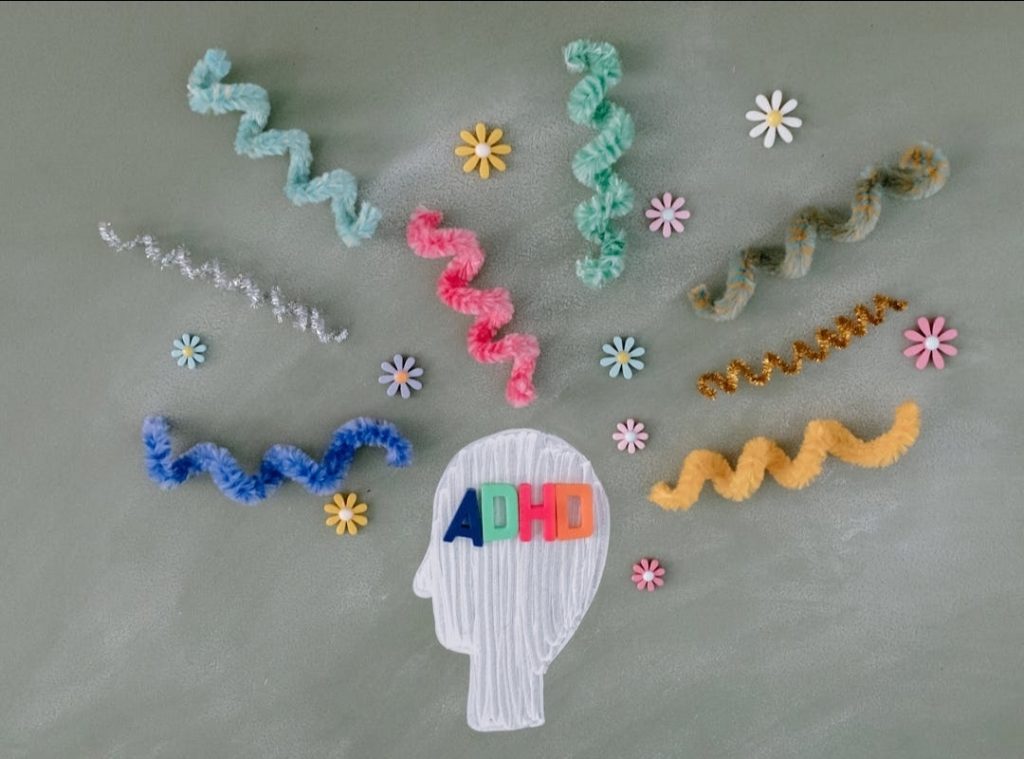Anxiety and worries are much higher for everyone lately, and it may be more difficult for all of us to find the words to truly express how we feel. However, younger children are more likely to express their emotions through their behaviors. Older children and teenagers, on the other hand, may be more irritable and withdrawn from the rest of the family. For parents, it can all seem impossible to manage, especially when there are children of varying ages in the home. Some ways you can help children of any age manage their emotions and behavior include:
- Redirecting Challenging Behaviors. Some children misbehave or get in trouble when they are bored, lack things to do or simply don’t know any better. Explore other ways for them to use their time effectively.
- Focus on Positive Behaviors. Children continue to display behaviors that get attention. Resist the urge to overly focus on poor behavior. When possible ignore poor behaviors as long as children are not a danger to themselves or others. When children act out, have a conversation and reiterate expectations. However, notice and give more attention to their positive behaviors to reinforce and see an increase in them.
- Implement a Behavior Chart. Younger children do well when they can see their progress toward expected behaviors. Use of a behavior chart will provide a visual in which children work toward earning check marks or stars for attaining rewards. The use of rewards and privileges reinforce positive behaviors.
I recommended monitoring no more than 3 behaviors on the chart at a time. Charting too many behaviors can overwhelm children, making the behavioral chart ineffective.
- Apply the Premack Principle. Use rewards and more likely behaviors contingent on the completion of less probable behaviors. More simply put, involvement in highly desired activities (video game play, going to a party, etc.) only occurs after specific, less desired behaviors or tasks (getting along with siblings, completing homework, finishing chores, speaking respectfully).
- Avoid Corporal Punishment. It is ineffective, may teach and increase aggressive behaviors and may hinder normal brain development. In many areas in the world it is frowned upon and may even be looked at as child abuse. Instead, use time outs. This allows children time to cool off and think about their actions. It’s also a good time to encourage children to practice and use self-regulation skills (mindfulness, breathing techniques, relaxation, etc.). To be most effective, let children know they will be in time out if they do not stop poor behavior. If they persist and a time out is issued, remind them of what they did wrong that resulted in getting a time out and reiterate those expected behaviors. Time out ought not be long; keep children in time out of 1 minute per age (i.e., time out for 5 minutes for a 5-year-old, 7 minutes for a 7-year-old, etc.)
- Expressive Play. Suggest children engage in art, write stories, journal, etc., to help them express how they feel. This is particularly helpful for children of any age who have difficulty expressing their feelings verbally.
Our Her Nexx Chapter Community invites you to join us where women are connecting with each other’s stories, exploring different experiences, and transforming ideas.
The Future of Connection for Women
- Your Last-Minute Plan for Balance During the Holidays - December 22, 2020
- You NEED a Self-Care Toolbox in Your Life - November 17, 2020
- Positive Parenting Tips - October 20, 2020







